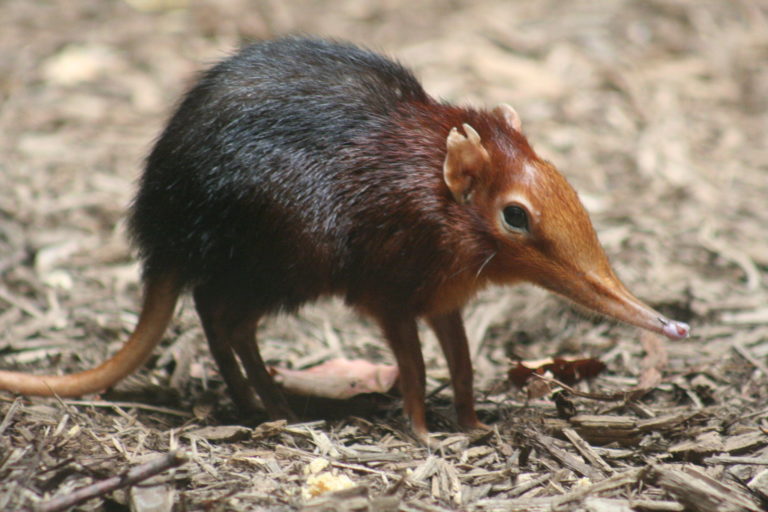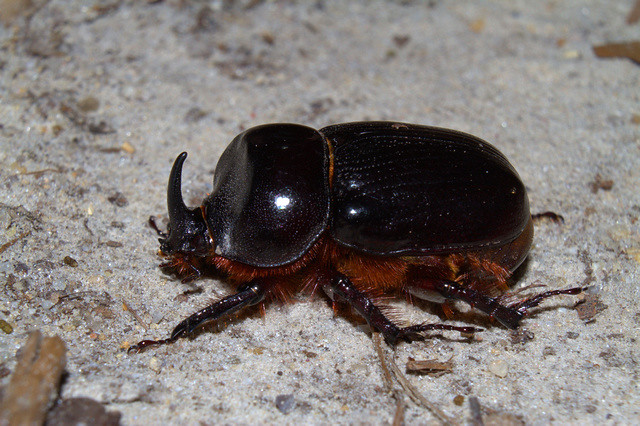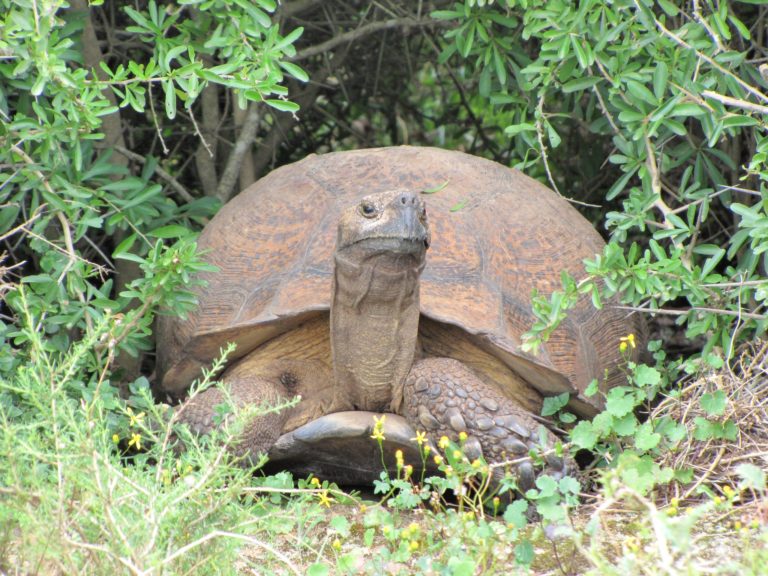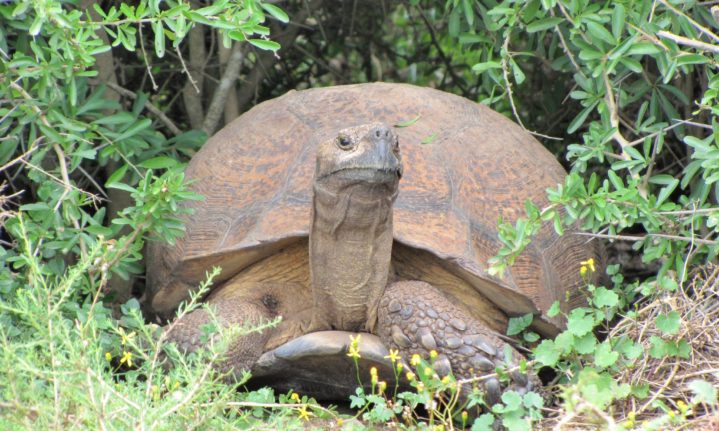The Big Five gets all the hype, but South Africa is home to animals of all shapes and sizes. Next time you go on safari, be sure to keep an eye out for these five meagre animals that form part of the Little Five. Sighting them can be just as rewarding as spotting the king of the jungle.
1. Elephant Shrew
This tiny insect-eating mammal gets its name from its elongated snout, but they are not in fact, shrews! Shrews are small mole-like mammals, but recent evidence suggests that they are more closely related to a group of mammals that includes elephants, sea cows, and aardvarks.

Picture: Kim/ Flickr Commons
The small animals are terrestrial and active during the day, but these timid animals will quickly flee when alarmed by running swiftly along the paths they construct and maintain.
These animals prefer a habitat where they can burrow in sandy soil, so their range throughout South Africa ranges from semi-desert to dry grass and shrubland, but in South Africa, they are restricted to the Eastern escarpments of the country.
2. Ant lion
If you’ve ever noticed random conical holes in soft sandy soils, then that’s probably the result of ant lion larvae. Any small walking insect that enters the hole is shot at with grains of sand to keep it sliding towards the bottom of the hole where it is grabbed by the ant lion larva.
These animals are very beneficial insects, feeding on aphids and other small pests, but ant lions are essentially a group of insects that are named for the predatory nature of the larva.
They will eventually build a cocoon out of their mucous and sand and hatch when the first rains appear as ant lion lacewings. Watch the video below to see these hunters in action.
3. Rhinoceros beetle
The Rhinocerous beetle is a well-known insect across South Africa, where males are often sighted using these horns to fight each other for territory.

Picture: Teddy Fotiou/ Flickr Commons
Rhino beetles are now found throughout South Africa, including the Western Cape, an area they didn’t occur previously. They are sometimes referred to as the Hercules beetle because they possess a herculean strength, where adults can lift objects 850 times their body weight.
4. Red-billed Buffalo weaver
The red-billed buffalo weaver is the largest of the weaver species in South Africa, reaching a height of 23 cm. They are ground foragers, where they can be observed with other birds searching for seeds, fruits and insects.

Picture: Bernard DUPONT/ Flickr Commons
They are found in the northeast of South Africa and are a regular visitor to Kruger National Park. They prefer woodlands, specifically acacia and scattered baobab trees where they tend to nest in colonies that take up big portions of a tree.
These birds are polygynous, meaning that the male breeds with more than one female at a time. A typical male can have up to eight nest chambers and numerous females.
5. Leopard tortoise
This attractive tortoise is the largest of the tortoise species in Southern Africa, and it is often kept as a pet throughout the country due to its adaptability to captivity.

Picture: Vernon Haley/ Flickr Commons
The size of these species varies with geography, wherein the savannahs of East Africa, grow to a maximum size of 3– – 400 mm and weigh nearly 13kg, but in some cases, they can exceed 40 kg.
These animals are exposed to many enemies throughout their lives, where hatchlings are picked up by crows and small carnivores.
Interestingly, a rather unknown fact about leopard tortoises is that they are important seed dispersers. They eat a large number of plants and their faces contain many undamaged seeds.
ALSO READ




















